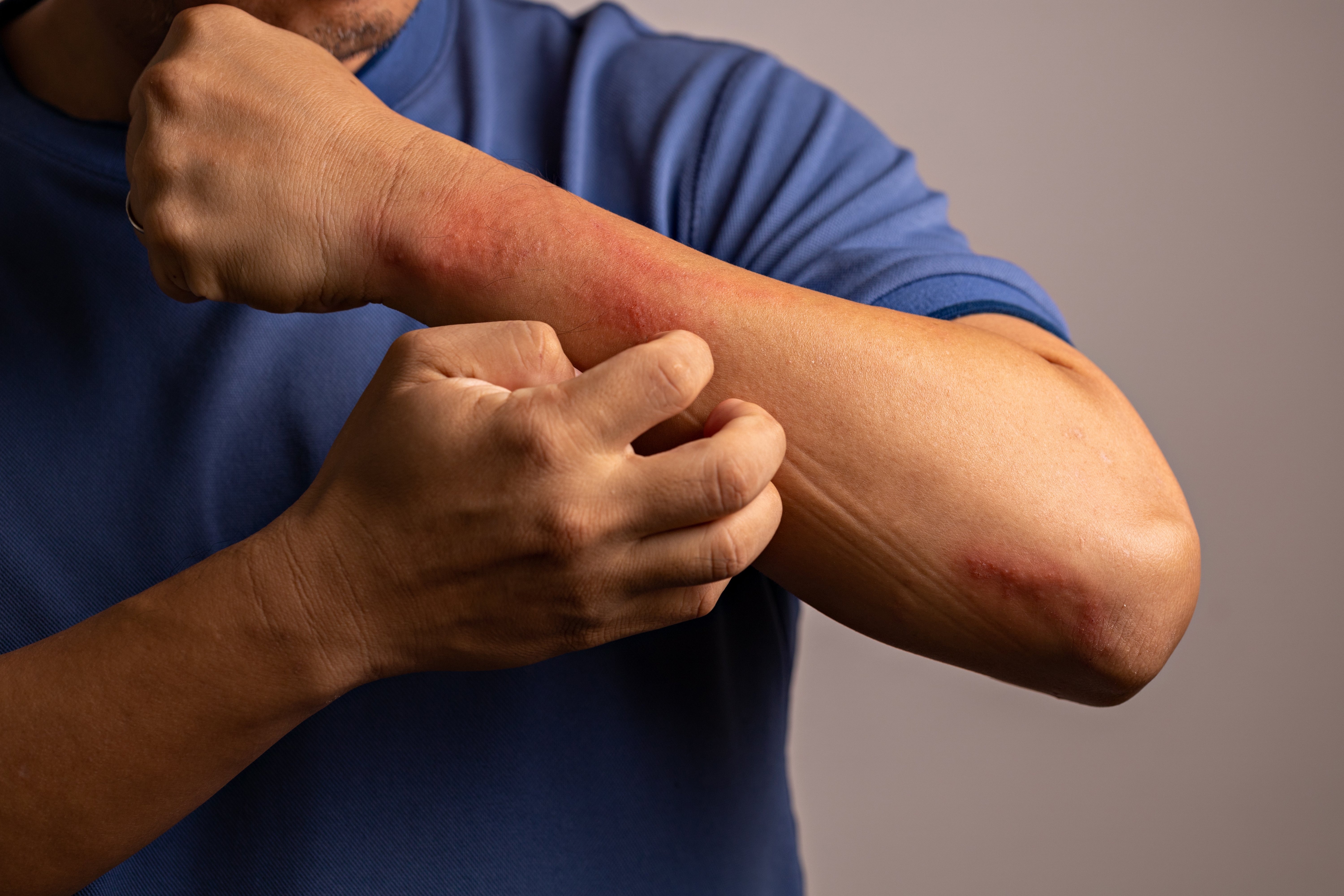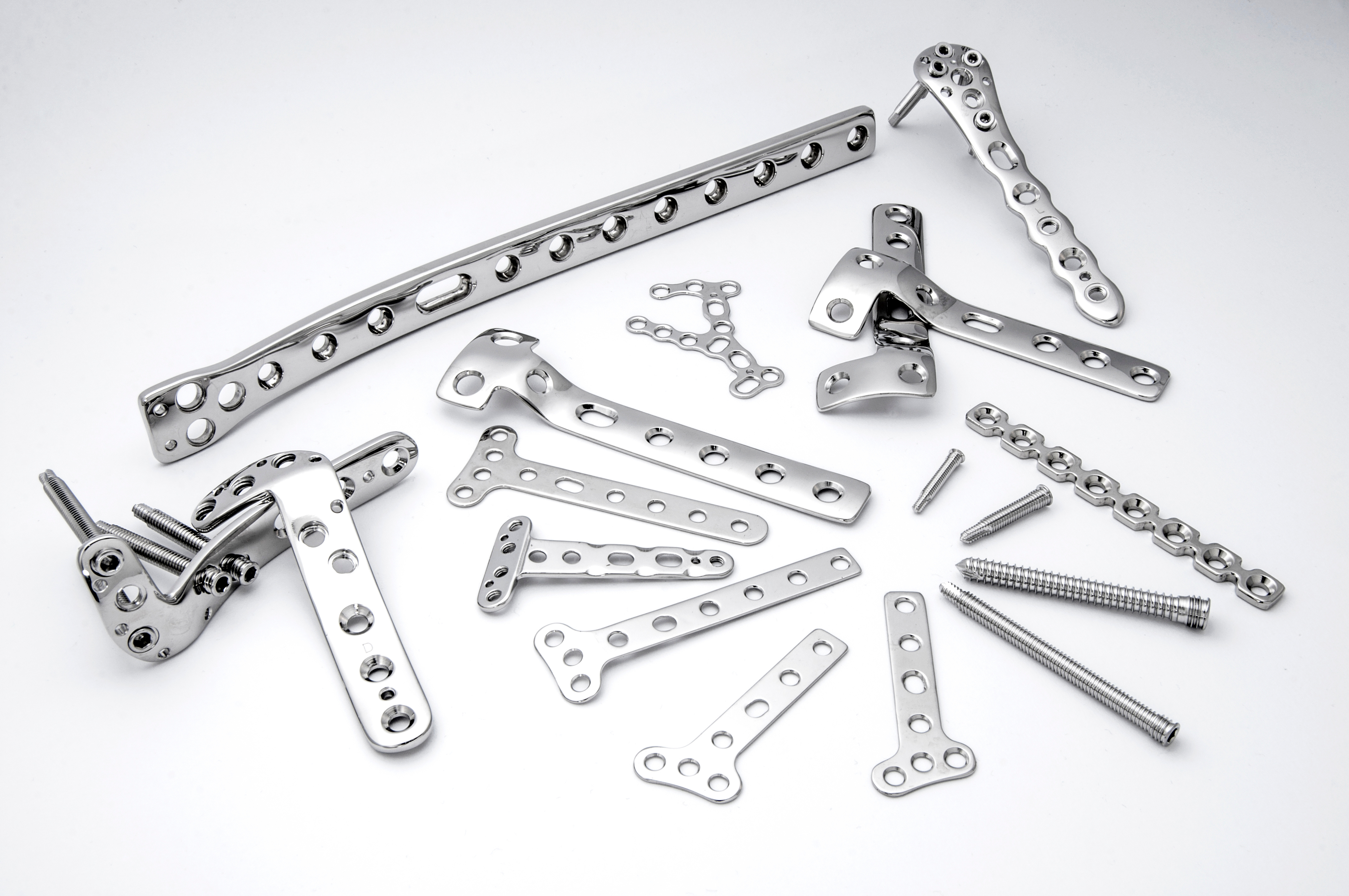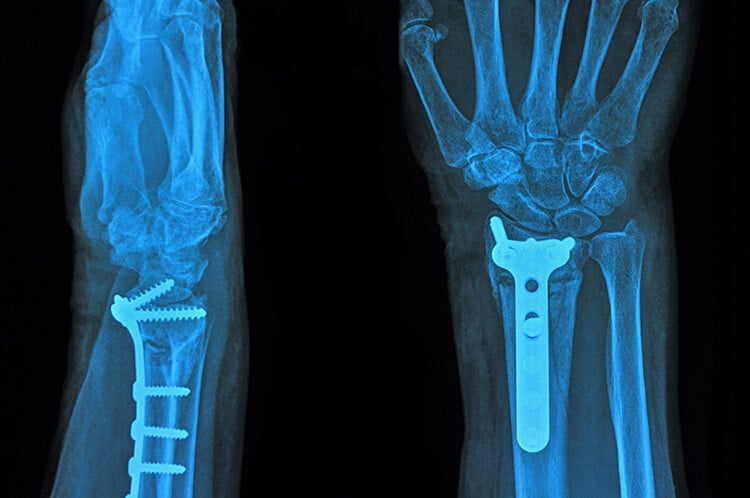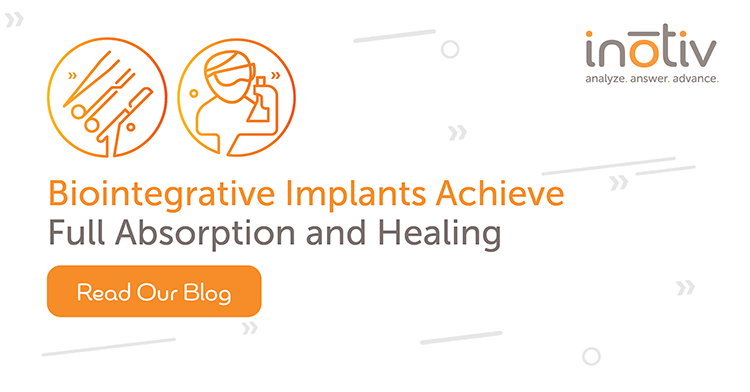

Strain Selection for IMQ-Induced Psoriasis Studies
The imiquimod (IMQ)-induced psoriasis model is widely used in preclinical dermatology research due to its ability to rapidly generate localized skin inflammation that resembles key features of human...

The Role of Histopathology in Orthopedic Medical Device Assessment
The evolution and diversity of orthopedic medical devices has progressed significantly over recent years, thanks to advancements in both material innovation and technological capabilities. The...

Improving Accuracy: AI-Based Scoring and Its Impact on Cardiomyopathy Assessment
Artificial intelligence is increasingly gaining traction in pathology, offering tools for tumor detection, object identification, and tissue quantification. A recent study co-authored by Inotiv’s Dr....

Understanding ICH E14/S7B Best Practices for Nonclinical Studies
The landscape of drug development requires a comprehensive approach to ensure safety, particularly concerning cardiac function. The ICH E14/S7B guidelines represent a significant step forward in...

Healing Redefined: The Role of Bioabsorbable Implants in Modern Medicine
The growing field of biodegradable medical implants offers significant advantages, particularly in reducing the need for secondary surgeries and minimizing long-term complications that can arise from...

From Promise to Practice: Evaluating Magnesium-Based Medical Devices in Preclinical Studies
The growing field of biodegradable medical implants offers significant advantages, particularly in reducing the need for secondary surgeries and minimizing long-term complications that can arise from...

Novel Polymer-Based Orthopedic Implant Shows Complete Integration, Healing, And Safety In A Multi-Year Sheep Study
Key Takeaways: Traditional inert and bioabsorbable orthopedic implants demonstrate several drawbacks, including inflammation or infection, often requiring follow-up surgeries. A biointegrative,...

